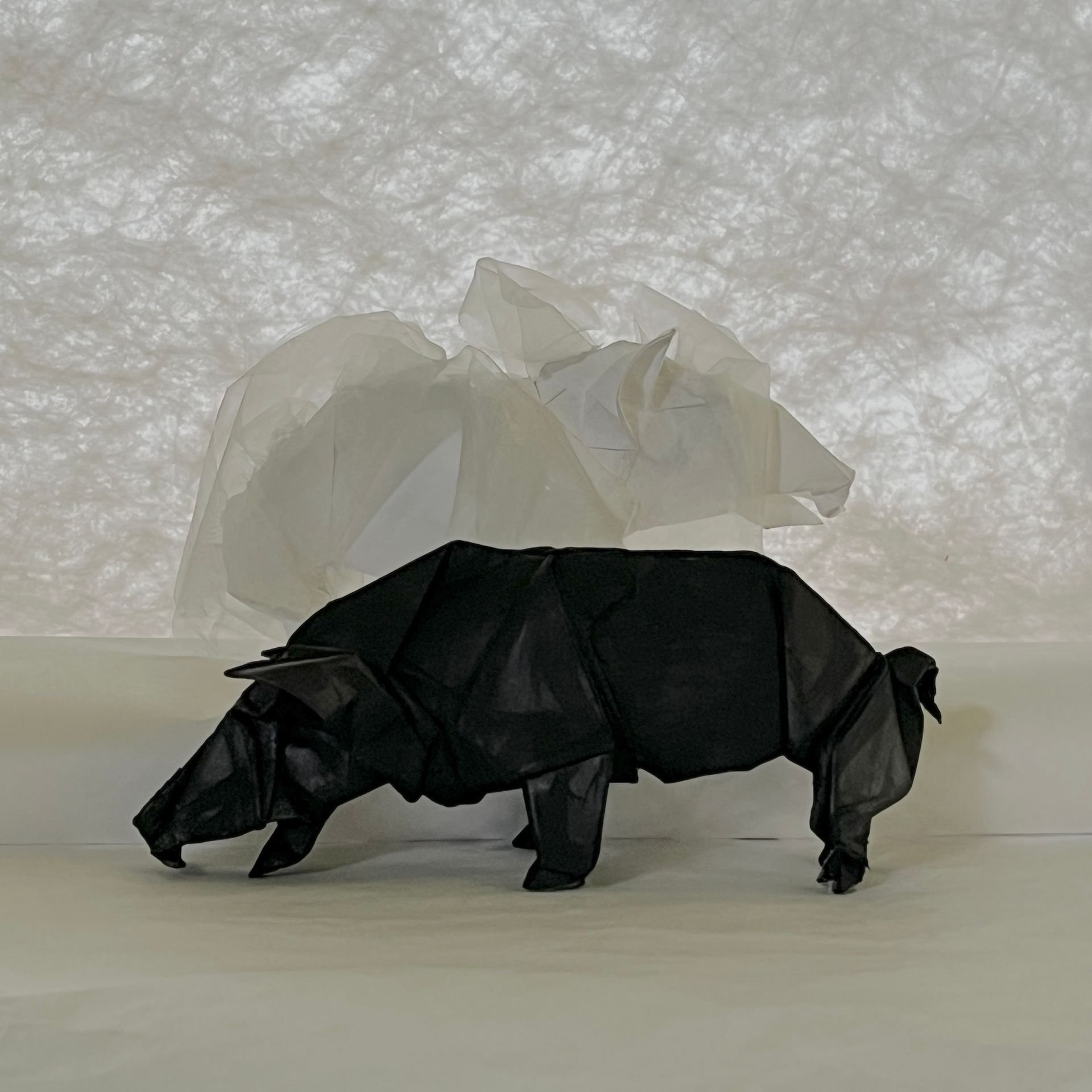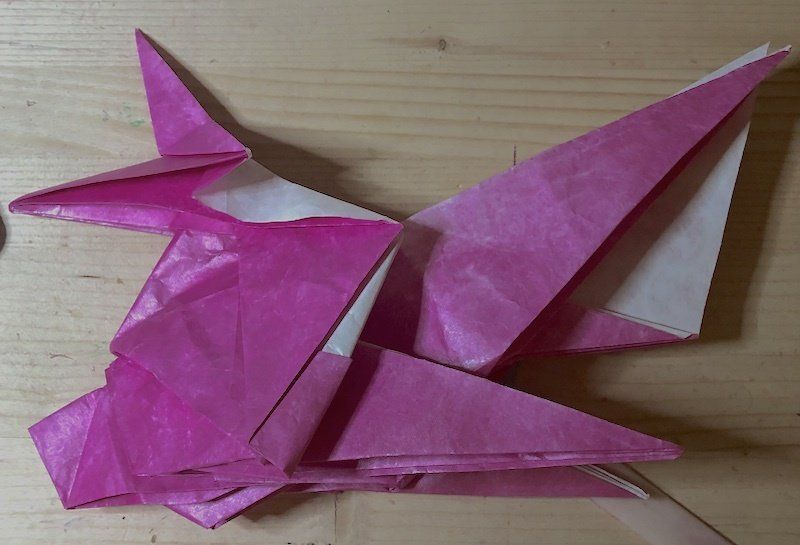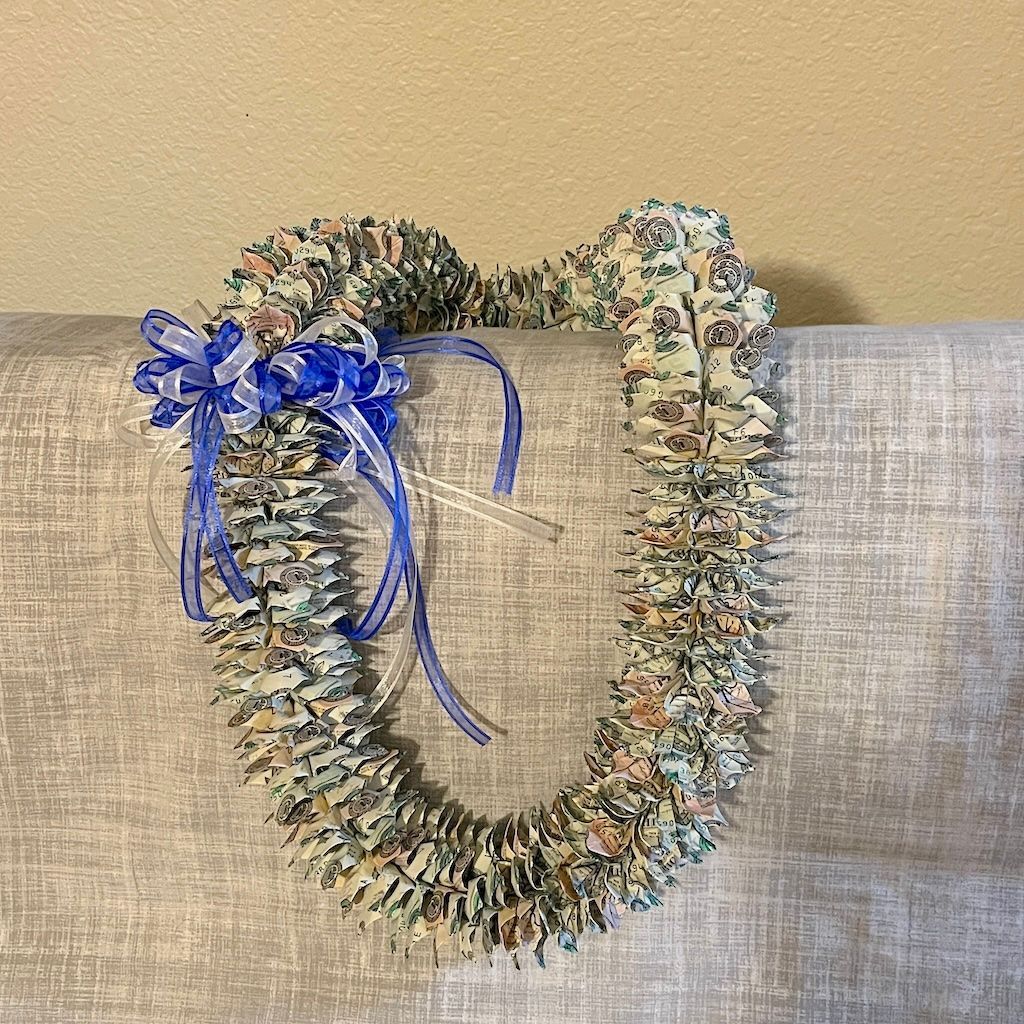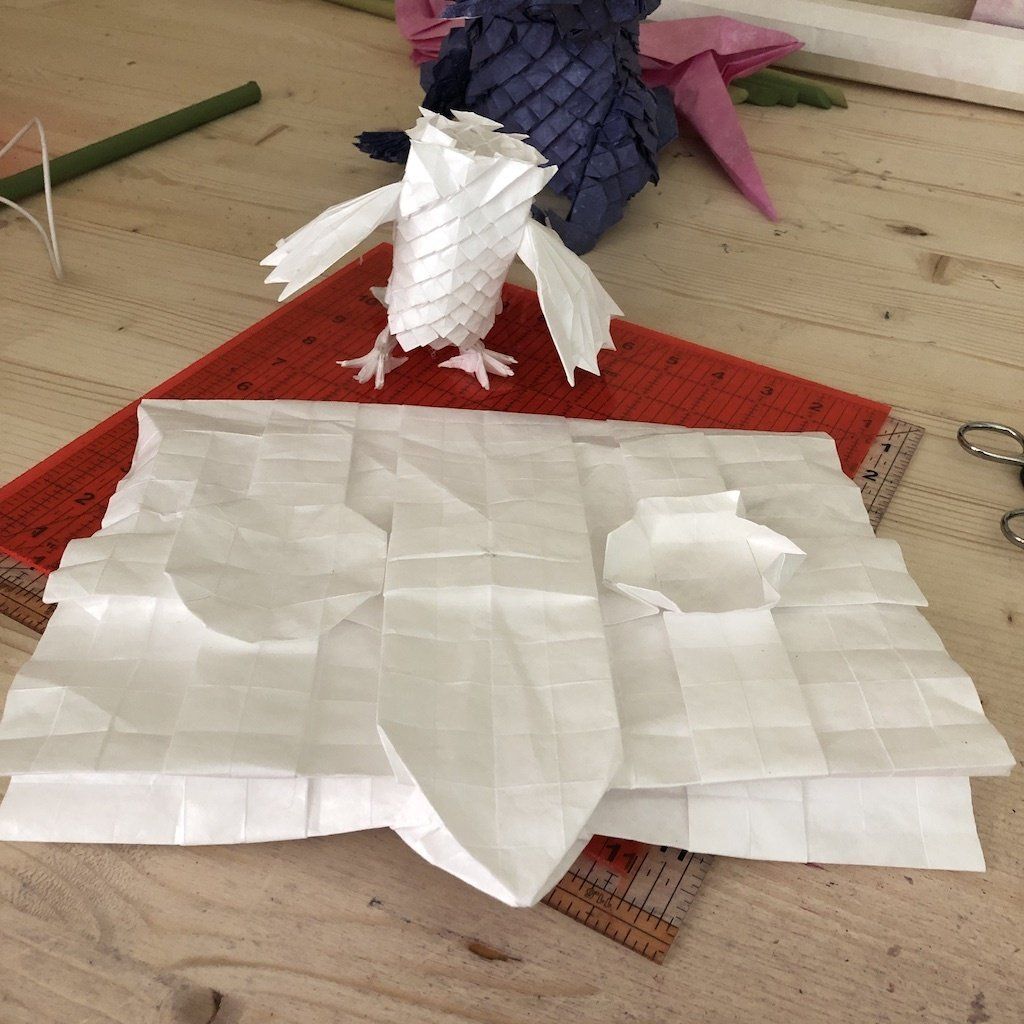Shannon Nakaya
Origami Design and Sculpture
Accepting Commissions
and Custom Orders
Ready-To-Ship items at
www.origamidogdesign.etsy.com

Seriously, friendship koi should be able to travel anywhere! So I made a few subtle design modifications and voila, packed and ready to go! Once unpacked, they are easily shaped in about 15 seconds! These are the types of achievements that make a designer swoon. Here's how a friendship koi will now pack and travel:

Small domesticated pigs, or pua'a, were first brought to the Hawaiian island by Polynesians around 160 years ago. Some of these escaped their confinement and took up life in the forest. Over time, other (larger) varieties of pig were brought to Hawaii and a lot of cross breeding occurred. This resulted in the uniquely Hawaiian feral pig or pua'a we see today. Most of modern feral pigs have some genetic linkage to the first pua'a and retain the Hawaiian name. They also retain value as a food source, and a symbol for intelligence, cunning, mischief, strength, and stubbornness. There is even a Hawaiian demigod named Kamapua'a, who could take the form of both a boar and a human. In ancient Hawaiian culture, there was less divide between humans, animals, gods, and nature. Humans would have family guardian gods or aumakua. Each aumakua was connected to some animal or other natural phenomenon. Mano (shark), pua'a (pig), pueo (owl), makani (wind), and nalu (wave), are just a few examples of how aumakua could manifest. There were stronger connections between the physical world and the spiritual world. It is that connection between physical and spiritual that I aimed to honor and express in this piece. My pua'a is not a domesticated pig, but a strong and powerful beast. The black represents the physical as many of the feral pua'a are black. The white with the misty veil represents the spiritual, equally strong and powerful.

Seven years after designing manta, I suddenly realized that it can actually travel in a two dimensional flattened form and then be opened up and shaped for 3 dimensional display in about 15 seconds. Duh! This just proves how seeing something day after day can make us "blind" to its features. Sometimes it is best to put something aside for a while and then view it with fresh eyes. This is what "flat manta" looks like leaving my sudio:

Most origami starts with a base. It could be a very simple base, like the classic bird base from which cranes are folded. Or it could be a very complicated base, like the one that Hoang Tien Quyet created for his horse and is published in the book, 50 Hours of Origami by the Vietnam Origami Group.





